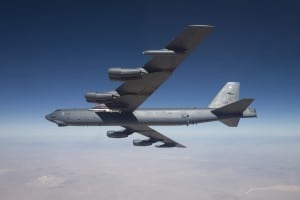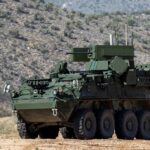
The Air Force is considering a creative proposal that would have a private contractor front the cost for new B-52 engines with the service making repayments over the life of the engine through fuel efficiency savings.Air Force Deputy Chief of Staff for Strategic Plans and Requirements Lt. Gen. James Holmes told reporters Feb. 6 at the Pentagon the arrangement, which he called a “public-private partnership,” has been used in the past for military construction (MILCON) projects, but not airplanes. Holmes…













